As the author of Knit Back In Time and the owner of over 1000 vintage knitting patterns, Gerry Warner is a force to be reckoned with when it comes to classic knitting styles! Find out what she had to say when we caught up with her last month.
What is it that you love about vintage knitting?
Have you got all day? The first thing that drew me to it was that the patterns are fairly unique – I used to struggle to find a modern pattern that reflected who I was, and at least in vintage knitwear you’ll very rarely bump into somebody wearing the same thing. I’m drawn to the attention to detail, and of course that’s something you can get with a finer yarn.
What is your favourite decade to knit from?
Each decade has a special place in my heart and its own unique style, but the one I keep returning to is the 1930s, as this for me was the most adventurous in terms of styling. The shell of the garments is often fairly standard, but it’s what they did with it in terms of stitch choices, colour combinations and fit.
What inspired you to turn your hobby into a career?
I’d worked in various aspects of media and finally ended up in web design. However, I really wanted to pursue something based around my own interests. I’d already started up a small craft blog, but as knitting seemed to feature more and more heavily, I got around to building myself a devoted vintage knitting website and tentatively started selling patterns through it. At the time there weren’t many people selling them and I wasn’t even sure if there was much of a market for it. The time and energy I put into the site wasn’t exactly justified by the small profit I got from pattern sales! However, the joy that came from writing about the possibilities made up for it; I became more vocal, until eventually I was lucky enough to be approached by a publisher.
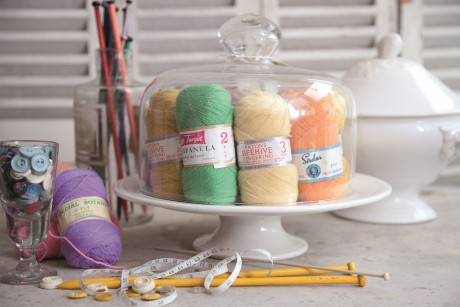
Can you talk us through the ideas behind your book Knit Back In Time?
The idea behind the book was to try to de-mystify the process of knitting from older patterns, to inspire and instil a certain spirit of experimentation and confidence in the reader. I get such joy and fulfilment from knitting from these patterns that I wanted to share the possibilities with other knitters – imagine knitting a unique garment which hasn’t seen the light of day for 80 years! You can learn an awful lot from these designs – which is where the second part of the book comes in. Many collections from the 1940s and 1950s included a section at the back called something along the lines of ‘Ring The Changes’ which suggested a different stitch, or sleeve cap, or how do add a collar or cuffs. Much of this was out of necessity, particularly during WWII, but it’s a shame that this feeling of experimentation has been lost since then.
Is there a specific routine you follow when adapting a vintage pattern?
I’m pretty methodical when I first approach a vintage pattern – it’s like plunging into a relationship. Stage one is the falling in love part, the ‘that’s the one for me’ kick that you get when you see a fantastic pattern.
Stage two is getting to know each other: reading through the pattern carefully, discovering clues as to what makes it tick, making sure you’re not biting off more than you can chew and that you feel able to handle any surprises it might throw up.
Stage three is planning your time together and is the most crucial part of the process: I sketch the pattern pieces out, combining tension guidelines and any given measurements. I make another sketch with my own measurements and work out where the changes need to be made.
Stage four is just getting on with it: knit like the blazes!
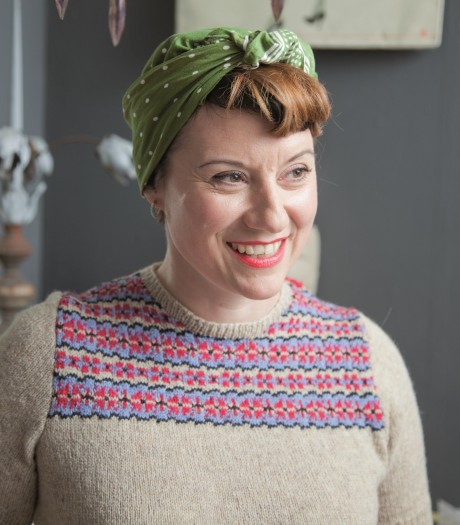
How do vintage patterns differ from modern ones?
The yarns were generally much finer than we’ve become used to over the last 50 years or so and that can put people off. But as far as I’m concerned the finer yarns produce an elegant, stylish finish so it’s worth the effort. Many of these patterns were knitted for one size, and that size was rather small (too small for me anyway!). So when you’re adapting these patterns you’re often performing a balancing act between producing something which will retain the essence of the original design, and something which you’re comfortable wearing.
Why do you think vintage goods are so popular at the moment?
To get analytical for a minute, I think it’s a natural re-assessment of the past as we move from one century into another. The positive side of the digital revolution means that we now have access to a tremendous amount of information. The flipside means that we are becoming more and more passive, and used to instant gratification. As a species we will always experience the urge to feel close to survival skills – hence the reawakening of interests such as gardening, cooking and crafting.
That’s the analytical side. My gut instinct tells me that mid-20th century design is so appealing and stylish that there will always be an interest!
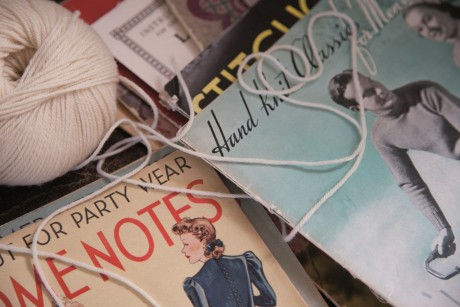
When knitting from a vintage pattern, what are the most important things to consider?
If you’re approaching a vintage pattern for the first time, the main thing is to adjust your expectations: if you anticipate spending more time on your project, then you won’t become frustrated. If you throw yourself at a pattern not realising that it pays off to put some time into the initial stages, then disappointment may follow.
How do you think the knitting and crafting industry has changed over recent years?
It’s great that we can actually use the term ‘industry’ to describe it in the first place. For so long craft has been a passive, essentially female pastime, so to see it now being valued for the time, intelligence and creativity it takes can only be a good thing. Along with all that, outstanding designers are being recognised for their achievements – so many of the designers from the mid-20th century were anonymous and it’s virtually impossible to trace them.
What is your next big project?
Well I’ve just finished working on a vintage project book for Laurence King which is coming out this Autumn, and am in the middle of working on a rather more unusual project book which will hopefully be out in time for Christmas. Beyond that I’d like to put some more time into my own designs - I have a couple of patterns which have yet to be written up, and many more ideas jostling to be born into existence!
Check out Gerry’s website at www.skiffvintageknittingpatterns.co.uk



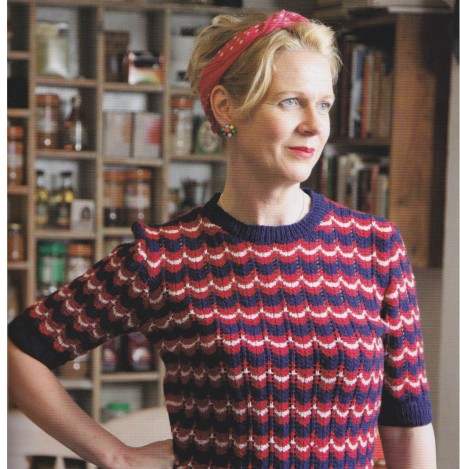
_333_180_c1.png)


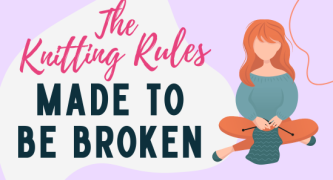
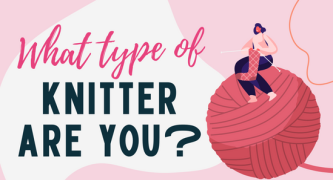

 Baby
Baby
 Toys
Toys
 Garments
Garments
 Crochet
Crochet
 Homewares
Homewares
 Dolls
Dolls









Share